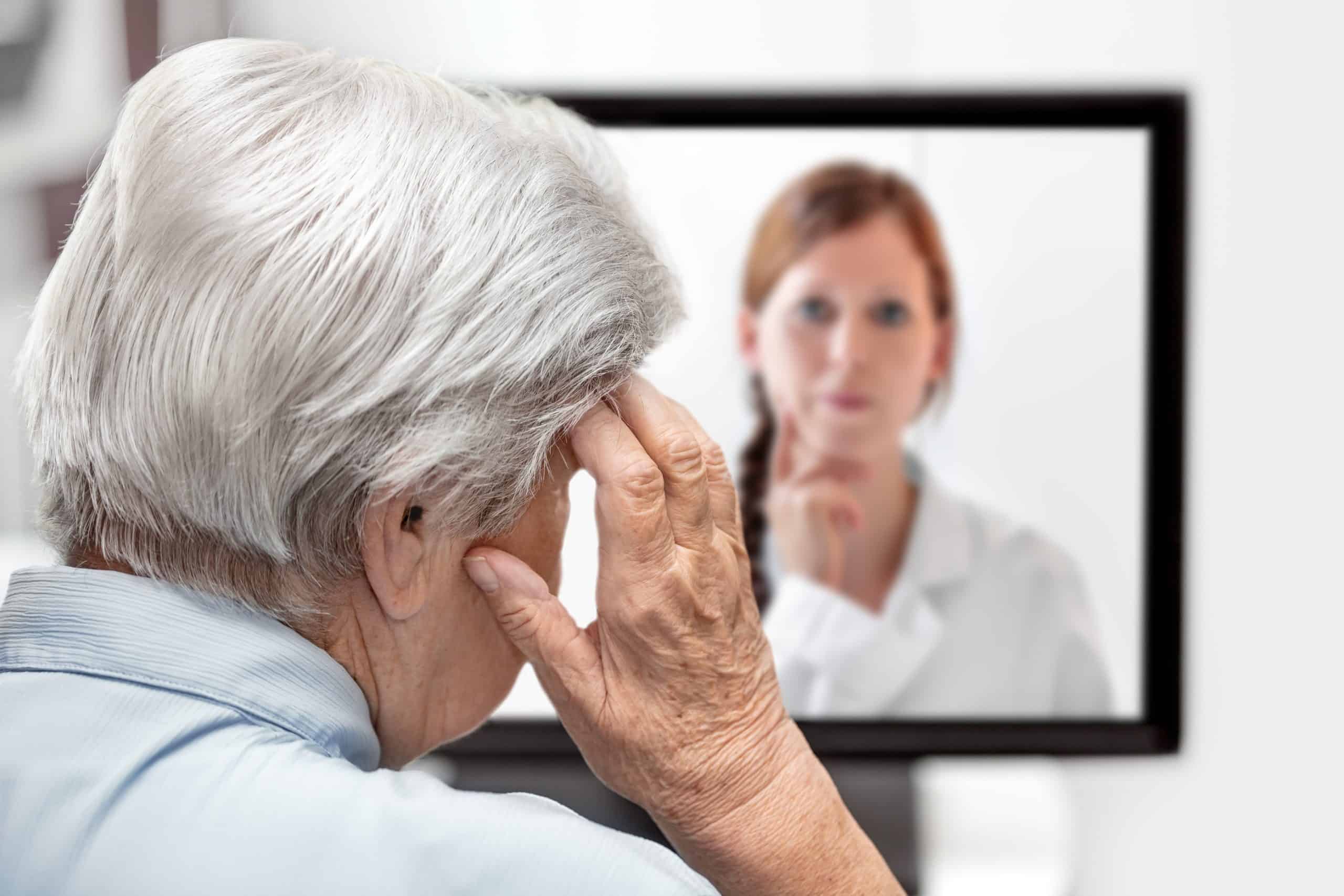 There is substantial evidence today that telehealth initiatives are taking off. Faced with the dual-necessities of reducing costs and improving quality scores, healthcare providers are looking to technology in the form of the virtual patient visit.
There is substantial evidence today that telehealth initiatives are taking off. Faced with the dual-necessities of reducing costs and improving quality scores, healthcare providers are looking to technology in the form of the virtual patient visit.
One indicator that telehealth is ramping up is that the National Quality Forum released a new framework for the development of nationwide standards for evidence-based measurement of telehealth quality. It’s real evidence that the field is maturing beyond a way to extend care to rural communities, becoming more widespread in the delivery model for healthcare across specialties, patients, and treatments.
The National Quality Forum report made recommendations for measuring telehealth’s patient care quality in four specific areas:
- Patient access to care.
- Financial impact on patients and clinical providers.
- Patient and clinician experience.
- Effectiveness of clinical and operational systems.
This article will look closely at the suggested framework. What implications does it have for the future of telehealth quality initiatives?
National Quality Forum Telehealth Recommendations
 Health Leaders Media suggests that more than 80% of U.S. hospitals are using at least one connected healthcare tool and 67% say they use more than one from a laundry list of devices including phone apps, patient portals, and remote patient monitoring.
Health Leaders Media suggests that more than 80% of U.S. hospitals are using at least one connected healthcare tool and 67% say they use more than one from a laundry list of devices including phone apps, patient portals, and remote patient monitoring.
However, practice models, standards of care, and benchmarks vary widely across these tools and delivery frameworks. While there is a variety of data showing improved quality, patient healthcare access, and lowered costs, there is no standardized measurement for these tools. Anecdotal and hospital-specific data seems to show that the virtual visit yields the same or higher patient quality scores than the in-person visit, a national benchmark would lend credence to a technology that holds such promise for the future improvement of the industry and the patients we serve.
It was with this goal in mind, that the National Quality Forum sought to quantify a quality framework for telehealth. Committee members researched the breadth of literature in the field and came up with four broad measurement recommendations “to inform future work that all health IT stakeholders may undertake” when using telehealth tools. They included:
- Access to care including the patient, family or caregivers, the care team, and the accessibility of healthcare data and information.
- Financial impact or cost of providing and receiving the service. This standard should take into account patient or caregiver costs; the financial impact on the individual clinical provider, hospital, or healthcare system; the costs for payers; and the overall financial impact on society.
- Telehealth experience of providing and receiving care when using the technology. This should measure patient, family, and caregiver experience as well as the impact on the clinical providers and the overall communities they serve.
- Effectiveness of treatment when using the technology. This could encompass clinical outcomes, technical effectiveness, the impact on population health measurements, and the overall efficiency of a healthcare delivery system.
Within the construct of these broad frameworks, the committee also delved deeper into each metric.
Access to Care
The report suggested that developing a national standard for improved access to care should include:
- Service affordability
Does the clinical service improve costs over traditional care models? Does it mitigate the risk of not receiving care or delaying treatment? What is the actual cost of delivering care through these models for patients, clinicians, and payers? - Availability
Does the service provide access to specialty care when it is required or requested by the patient? - Accessibility
How accessible is the technology needed to provide this service? Does the rural patient have access to the broadband service necessary to use these tools? Can the small practice access telehealth tools at costs they can afford? - Accommodation
Are the telehealth services accommodating to the wants, needs, and priorities of patients? Can patients access treatment when requested? - Acceptability
Are these tools accepted and adopted by clinical teams and the patients they serve?
Financial Impact or Cost
The committee suggested any quality framework for telehealth should seek to measure costs in four specific categories:
- Financial impact to a patient, family, or caregiver should take into account the reduction in travel time, less time off from work, and out-of-pocket costs for such things as Internet connectivity if the patient doesn’t have it.
- Financial impact to the care team including direct and indirect costs of providing the service.
- Financial impact on health systems and payers including opportunity costs and cost avoidance such as a reduction in readmissions or ER visits.
- Financial impact on society, including lessening provider shortages, improved population health outcomes, increased productivity, convenience, and averted inpatient care.
Telehealth Experience
Measuring the overall patient and provider experience should focus on the usability of the technology and its effect on patients; care teams, and the community. This should include measurement of:
- How easy it is for patients or caregivers to use the service and whether the experience is as favorable as a traditional in-person visit.
- Does the service facilitate teamwork and care coordination for the patient as well as providing the data necessary to achieve these goals?
- The widespread or declining use of telehealth as a service and the utilization metrics for patients and clinical providers.
Effectiveness of Treatment
Finally, measurement of the efficacy of clinical treatments and overall technology effectiveness when using telehealth is an important benchmark. The committee recommended standards that include:
- The effectiveness of the clinical provider and health system to use these tools to coordinate care and improve population health outcomes. How does the telehealth service improve clinical decision-making and increase patient engagement?
- Process measurement of workflows and their impact on health outcomes. Does telehealth enhance the effectiveness of the care delivery paradigm, including the traditional on-site visit?
- How clinically integrated is the telehealth service within a provider practice, hospital, community facility or other care settings?
- How effective is the technology itself in recording and transmitting images, data, and other information, particularly between providers? Does the technology enhance patient and provider communication?
The study concluded with this caveat, “The assessment, evaluation, and effectiveness of telehealth is multidimensional, and thus quality measurement of telehealth requires multidimensional approaches.”
Measuring Telehealth Quality in Your Clinical Practice
The team at OrthoLive believes the National Quality Forum’s standards signal the elevation of teleheath technology into the national spotlight as a valid care delivery method. It’s a good first step toward operationalizing and standardizing a service that will ultimately help healthcare improve.
Contact OrthoLive to discuss our telehealth service designed to improve the quality and costs associated with care delivery in the orthopedic practice.



